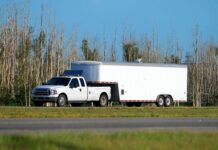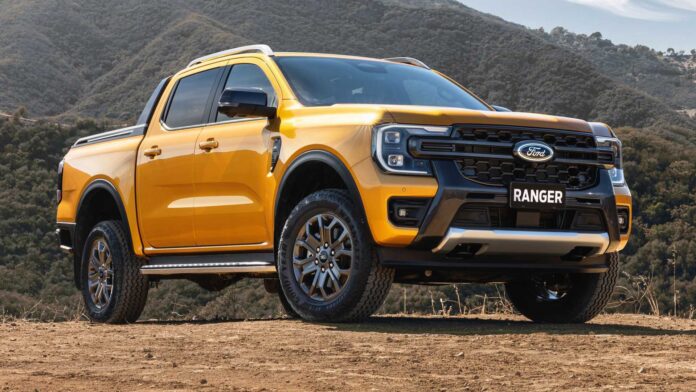
Straight out of the factory, most utes and 4WDs are ready for the tarmac and everyday driving in the city, but less so when hitting the dirt. The same goes even for the Ford Ranger and Everest models. But if you’re curious about the off-road experience and own a Ford, a few basic mods can transform your vehicle into a completely different beast ready to tackle all kinds of conditions.
Going off-road prepared is key, as most times you don’t know what you’re up against. Protecting panels and paint should be high on anyone’s list and preps the car for any type of terrain. So is fitting a decent bull bar, some bash plates and in thick scrub, brush bars. Odd bits and parts are all readily sold at any well-stocked 4 wheel accessories store, and this is where you can come by more serious stuff like Ford suspension lift kits when venturing far out.
What Is the Purpose of a Suspension Lift Kit?
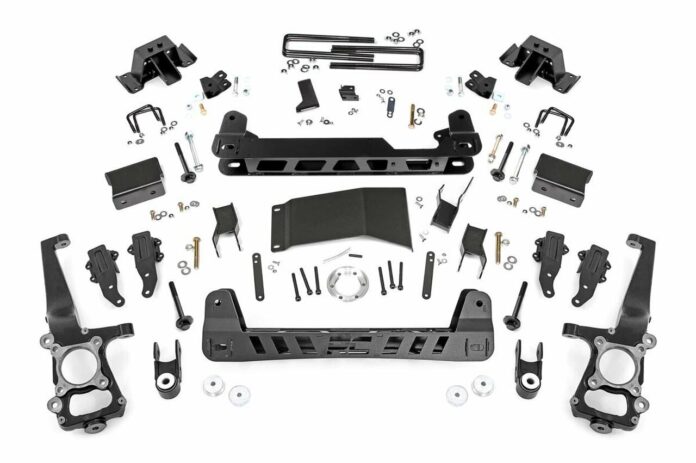
When done right, a suspension lift kit for Ford Ranger or Everest is good for all the right reasons. You can considerably increase either vehicle’s ability in tougher terrain. Not only is the car higher, but there’s better handling when going over ruts, mud, water and sand. In addition, approach and departure angles are increased so inclines littered with anything from larger rocks to stumps won’t be an issue, and you’ll avoid getting bogged down. Better suspension articulation allows you to handle abrupt changes in the terrain, with wheels firmly on the ground.
Heights and kits can be adjusted from anywhere between 50 to 150mm, and this will depend on where in Oz you’ll be driving. Just remember, what works on extremely technical terrain, might not be what you want if you spend more time on sealed roads. Either way, having the option to change from stock opens up more possibilities.
Another reason to consider getting a lift kit is the ability to fit bigger tyres with better tread. The added surface area in contact with the ground (with tyres deflated to the right pressure) offers better traction and grip. An added bonus is the ride height itself as the few added centimetres increase visibility and allow for better judgement even before applying the pedal.
Lastly, think about how a lift kit changes the way your rig looks. Bigger, bolder, and with a more aggressive stance – this is what every road-enthusiast dreams about.
So, How Do You Choose One?
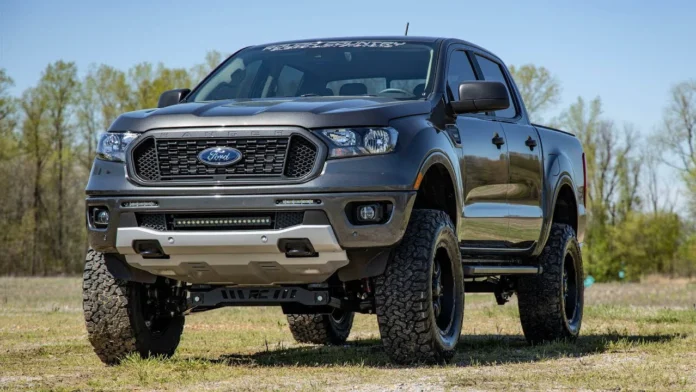
Spending hard-earned cash is not always easy, so you need to know what you’re getting into. Choosing a lift kit for Ford Ranger and Everest mostly depends on your stock suspension setup and here’s what you need to know.
Suspension Lift Kit Types
What your Ford has upfront or in the back will determine what you can swap out. That said, there are two types of suspension lift kits – leaf spring and coil spring. Parts are often sold as kits and set to the tolerances that take into account the vehicle weight, bare and laden, with the gear you’ll usually carry.
Kits with Leaf Springs
Leaf springs are on the rear in all Ranger models. Buyers can go with ‘add-a-leaf’ options mixing old and new leaf springs in the leaf pack. This will raise the rear and somewhat firm up the ride. A better, safer and more compliant ride is done with a new set of leaf springs on either side. This rules out fatigue in older and worn springs. The choice of differently sprung springs also means more adjustment as to how high you need the rear to be.
Shackles holding the springs to the chassis can also be changed out for something bigger. This will provide a 50% rise compared to overall shackle length. Look for shackles with polyurethane bushes as these make a world of difference in handling and control and alleviate issues with wheel camber and advanced tyre wear.
Kits with Coil Springs
Coils are the regular setup on Everest and what you’d find on the Ranger front. Spacers are simple solutions for lifting the car up by 5 centimetres and work with the stock springs and shocks. Spending a little more for longer travel springs and beefier shocks for increased dampening and rebound will get you a more agile vehicle in the rough. Compression in the springs can be adjusted to the weight of the car, taking into consideration whether there’s an added bull bar an/or lights upping the weight.
Have in mind that coil spring kits can be sold as separate parts that you’d need to get right yourself, or pre-assembled and adjusted units appropriate for your Everest or Ranger.
What Are the Downsides of a Suspension Lift Kit?
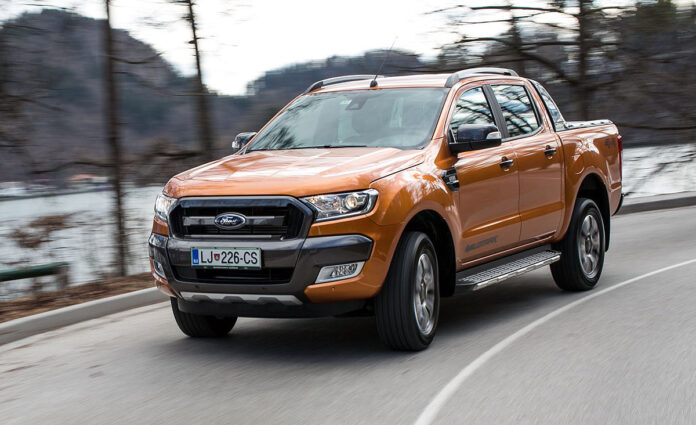
Lift kits for Ford or any other make of ute or 4WD sold in Australia can bring up a few pain points. The added height is beneficial when off-road, but can prove a challenge when getting in and out of the vehicle. You might consider adding running boards, but this nulls the purpose of the lift kit in the first place.
In addition, ride and handling can become a bit too much at speed. The higher the vehicle, the higher the centre of gravity and the more chance of body roll in turns and corners. Adding a sway bar in the mix, both upfront and in the back is an easy fix, but you still have to factor this into your overall budget.
Lastly consider that they’ll be more maintenance, and a few added parts like longer brake lines and changes to the steering to get all things sorted.
How Much to Pay?
Suspension specialists offer various lift kits, depending on your setup. Expect to pay anywhere between $1000 and $2000 for parts and labour. Coil-only kits, with uprated shocks for the Everest, will be cheaper than the coil and leaf spring setup found in the Ranger. Here you can also go with a GVM kit if you regularly load the tub or tray with particularly heavy stuff. This can be set at different weight loadings, depending on what you carry and where.


